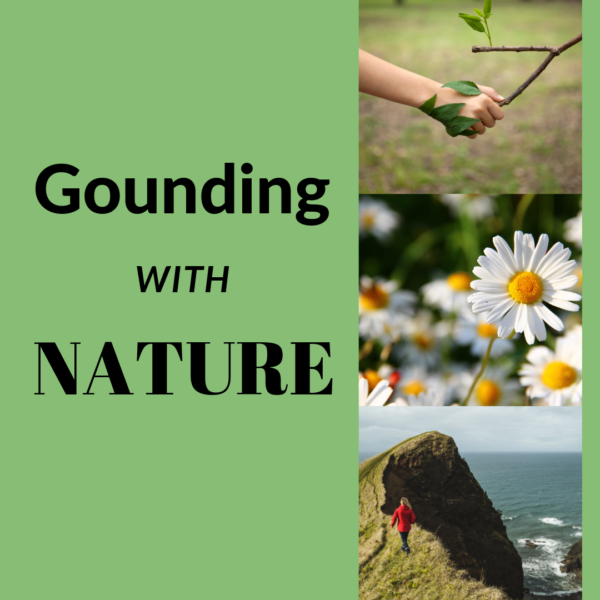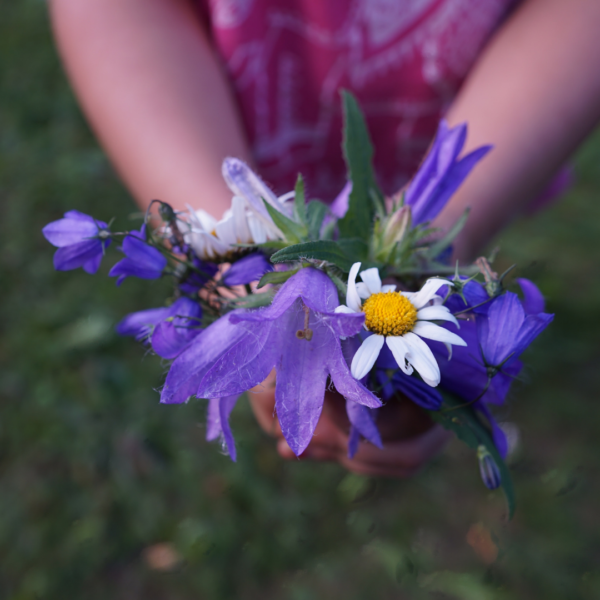
As quoted above, Henry David Thoreau says so much about the caring link between nature and its effects upon us. In previous blogs we we wrote about how connecting with nature can help reduce stress and help us get grounded while helping us promote our happiness. We have recently noticed a green, growing trend of incorporating nature and gardens into city planning. This excites us and we are all for more greenery in our lives!
NYC’s Rain Gardens
New York City has been a leader in ‘going green’ for awhile now. Recently the city has commissioned a major expansion to their official Green Infrastructure Program. This expansion is to include curbside rain gardens in areas like Brooklyn, the Bronx and Queens. These uniquely designed gardens will “…absorb millions of gallons of stormwater each time it rains, beautifying neighborhoods, improving the health of our waterways and making the city more resilient in the face of global warming.” (https://www1.nyc.gov/office-of-the-mayor/news/406-19/city-doubles-size-largest-green-infrastructure-program-nation-making-nyc-more-resilient-to) More than 9,000 curbside rain gardens are under construction in New York City! This will help prevent flooding when it rains in addition to reducing the Combined Sewer Overflows that often flow into local NYC waterways in upwards numbers of 500 million gallons per year. This reduced overflow will help protect and improve the health of the local tributaries and that of NY Harbor.
This is a wonderful idea to help bring green spaces to New York City since more than 70% of the city is paved with impervious surfaces. Often water gets absorbed into the ground and dispersed. But this cannot happen very well if the surfaces are paved. This means that impervious surfaces and massive amounts of water tend to create problems with flooding since the water has very few places to go. (Although it would be fun to race popsicle-stick boats down the full gutters along the street, but it becomes a bit more dangerous when the water goes past our ankles!) “More than 70 percent of New York City’s land mass is covered by an impervious surface… Curbside rain gardens help to soften the city’s landscape and allow the stormwater to be naturally absorbed into the ground, therefore reducing flooding that can impact roadways, homes and businesses.” (https://www1.nyc.gov/office-of-the-mayor/news/406-19/city-doubles-size-largest-green-infrastructure-program-nation-making-nyc-more-resilient-to)
There is an additional benefit to these curbside rain gardens. The areas where these gardens are being created have a smaller tree count and often a higher reported rate of young people with asthma. “The increased tree canopy and vegetation created through the addition of the rain gardens will help to improve air quality, provide shade during hot summer months, and beautify the neighborhoods.” (https://www1.nyc.gov/office-of-the-mayor/news/406-19/city-doubles-size-largest-green-infrastructure-program-nation-making-nyc-more-resilient-to) This is fantastic! But we still have one question that is lingering in our minds… What is a ‘curbside rain garden?’
What is a Curbside Rain Garden?
Curbside Rain Gardens are built along the street in city sidewalks to prevent the loss of street parking. Think a planter box set into the ground, only there is no bottom to the box per-say. The curbside rain gardens in New York City will entail a 5 foot deep hole into the ground. This hole is filled with alternating layers of engineered soil and stones. These layers of stones and soil will contain void spaces that will allow storage of stormwater and the subsequent natural drainage of that water. There are curb cuts to allow for water to flow into the garden to naturally water the plants. These curbside gardens are “…engineered in a way that will allow them to manage up to 2,500 gallons each during a storm… [and] designed so that all the stormwater is absorbed in less than 48 hours.” (https://www1.nyc.gov/office-of-the-mayor/news/406-19/city-doubles-size-largest-green-infrastructure-program-nation-making-nyc-more-resilient-to) The addition of well chosen plants and foliage will assist the drainage and add air purifying beauty to the community!

Green Vertical Gardens are a growing trend for cities around the world.
Curbside Rain Gardens are just one way that cities are embracing the use of greenery in their city planning. Another trend that seems to be sprouting up around the world is vertical gardens. A vertical garden is where the plants and flowers are growing in a planter on the wall that often spanse most if not the whole wall space. Engineers and architects have been using this concept to create beautiful and lush cities and neighborhoods.
Most consider the Italian architect Stfano Boeri to be one of the fathers of green high-rises. In 2014 the Bosco Verticale in Milan, Italy won the International Highrise Award. And he is currently working on a “Forest City” in Liuzhou, China near the banks of the Liuyang River. Upon completion in 2020 this 175-hectare city with 300,000 residents will have homes, shops, offices, etc. that echo the hillsides near it to be a lush and green thriving city. “At the same time, this green metropolis will be home to at least 40,000 trees, shrubs, flowers, and hundreds of different plant species, soon becoming a vibrant, wild oasis for insects, bees, and birds.” (https://www.smart-magazine.com/vertical-gardens/) With the prevalent greenery in the city, air quality will increase and the overall noise of the city will be reduced.









































